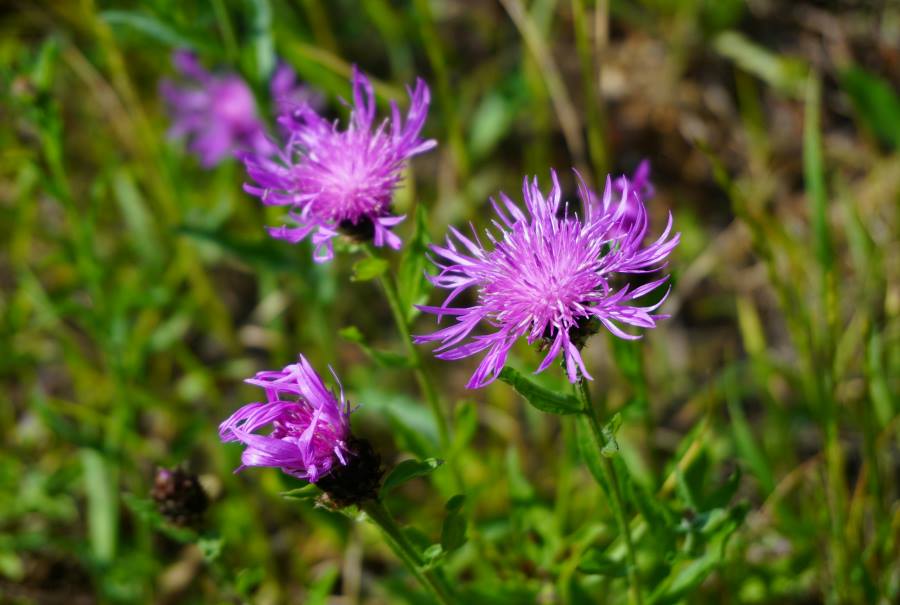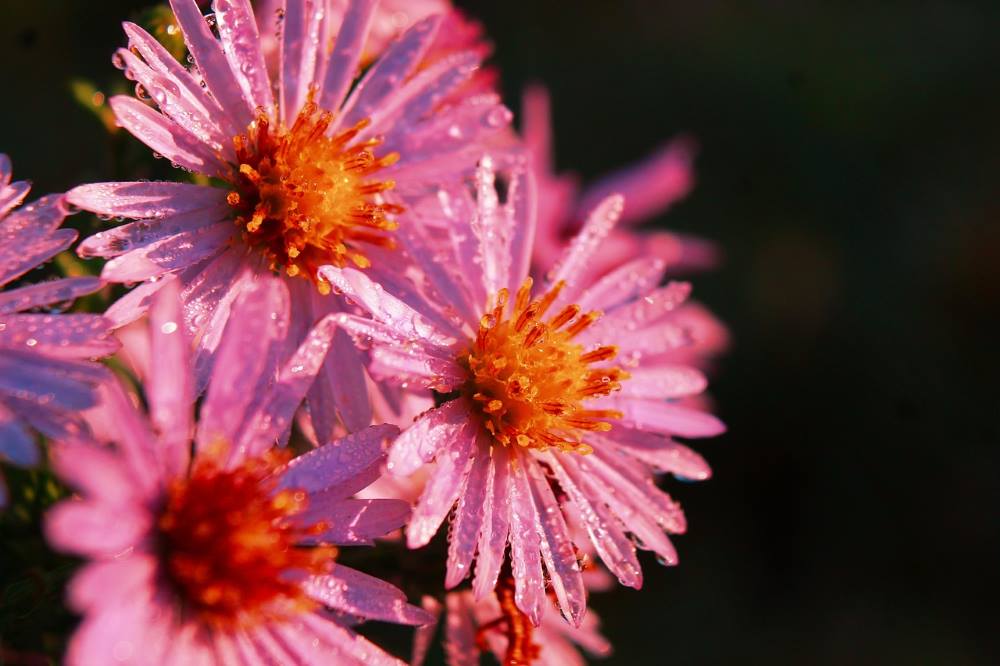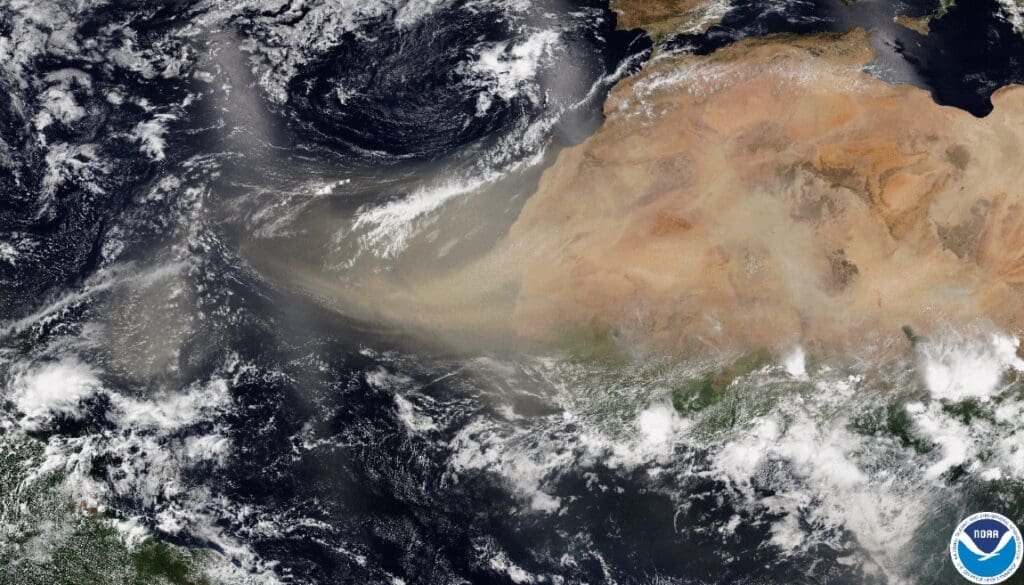Summary:
As climate change accelerates, many native plants in the U.S. face extinction because they cannot migrate quickly enough to adapt to shifting conditions. Scientists are exploring ‘managed relocation’ — helping species move to more suitable habitats — but the strategy carries risks, as unintended ecological consequences could resemble past invasive species crises.
A new study published in Global Change Biology by researchers at the University of Massachusetts Amherst provides insights into which plant traits support successful relocation while minimizing harm. The research suggests that some characteristics, like rapid growth, aid both invasive and native species in new environments, while others, such as toxicity, can signal potential ecological disruption. The findings highlight the need for improved risk assessment methods to balance conservation goals with ecological safety.

If native plants are going to survive climate change, they need our help to move — here’s how to do it safely
Many native plants in the U.S. cannot possibly move themselves fast enough to avoid climate-change driven extinction. If these native plants are going to have any chance of surviving into the future, they’ll need human help to move into adjacent areas, a process known as ‘managed relocation’. And yet, there’s no guarantee that a plant will thrive in a new area. Furthermore, movement of introduced plants, albeit over much larger distances, is exactly how the problem of invasive species began — think of kudzu-choked forests, wetlands taken over by purple loosestrife or fields ringed by Japanese honeysuckle.
Thanks to new research from a pair of ecologists at the University of Massachusetts Amherst, we now have a detailed sense of which plant characteristics will help ensure successful relocation while minimizing the risk that the plant causes unwanted ecological harm.
“We know that, because of climate, native species need to move,” says Thomas Nuhfer, lead author of the paper that appeared recently in Global Change Biology and a graduate student in UMass Amherst’s program in organismic and evolutionary biology. “But many of the people working to manage invasive plant species have real concerns about unwittingly contributing to the problem if we start moving native species around.”
“We’ve made the mistake of introducing invasive species so many times in the past,” says Bethany Bradley, professor of environmental conservation at UMass and the paper’s senior author, “… and we don’t want to keep making that mistake. But in a changing climate, doing nothing might do even more harm.”
Bradley’s lab has previously shown that confronting the epidemic of invasive species is one of the best ways to prepare, at the local level, for climate change, that numbers of invasive plants are increasing exponentially and, crucially, that plants and animals need to be shifting their ranges by 3.25 kilometers per year just to keep up with the increasing temperatures and associated climactic shifts.
So how to help plants move successfully without risking them causing harm?
“We often use specific plant characteristics — like how quickly a plant grows, how long it flowers or whether its seeds can be spread by the wind — to determine its risk of becoming invasive,” says Nuhfer. “But these are also traits that could help a native species to survive in a new environment.”
To disentangle which traits could lead to success and which to ecological disaster, Nuhfer and Bradley surveyed a wide variety of papers from restoration and invasion ecology, as well as the plant risk assessments and frameworks that managers in the field often use. What they found is that the same traits help plants to establish themselves in a new location, whether they are invasive species or relocation candidates.
However, as plants try to spread and particularly in the impact they have on their new ecologies, the traits for invasives and successful relocation diverge widely.
What this means is that a specific trait, like a high metabolic rate, is helpful when a plant is trying to establish itself, regardless of if the species is native or invasive. However, there are certain traits, like having a large size, that predispose a plant not only to establishing successfully, but spreading wildly and leaving an outsized impact on its new environment.
Additionally, there are some traits, like toxicity, which can help identify poor native species candidates for relocation – traits that don’t really help the plants establish, but do help them spread or cause harm.
This suggests that there are certain traits associated with invasiveness, especially those that aid in establishing a plant in a new place, that we should actually be looking for in native species to ensure their survival. Instead of filtering out those traits, risk assessments should focus on traits like having water dispersed seeds or toxicity, which don’t help plants establish much but do help them spread and cause harm.
“Many of the current risk assessments that managers are using in the field are so risk-averse as to guarantee that managed relocation will fail,” says Bradley.
“And if the relocation fails,” adds Nuhfer, “then we’ve wasted all sorts of resources and haven’t helped native plants persist.”
***
This research was supported by the U.S. Geological Survey Northeast Climate Adaptation Science Center.
Journal Reference:
Nuhfer, T.W.M. and Bradley, B.A., ‘Balancing Risk and Resilience: Which Plant Traits Should Inform Managed Relocation Species Selection?’, Global Change Biology 31, 3: e70145 (2025). DOI: 10.1111/gcb.70145
Article Source:
Press Release/Material by University of Massachusetts Amherst
Featured image: New England Aster Credit: Gosia K. | Pixabay




